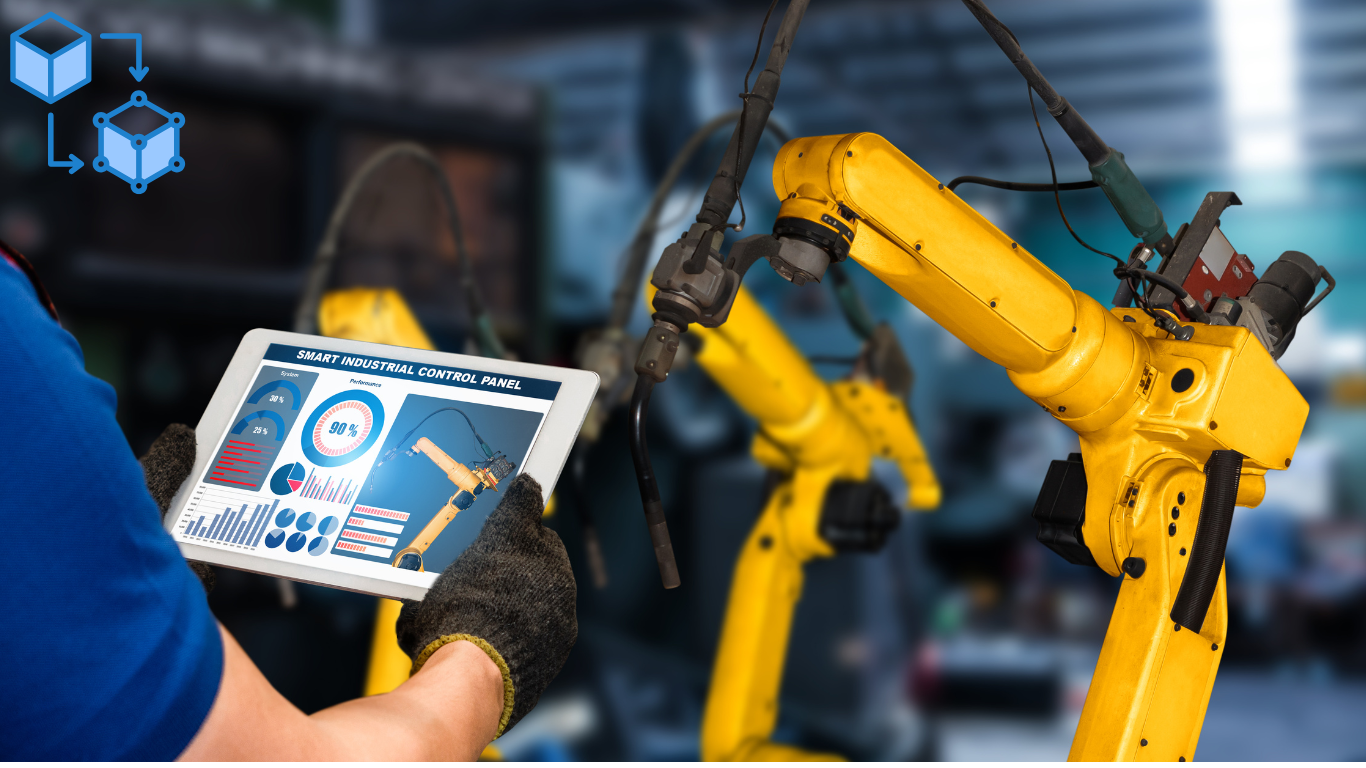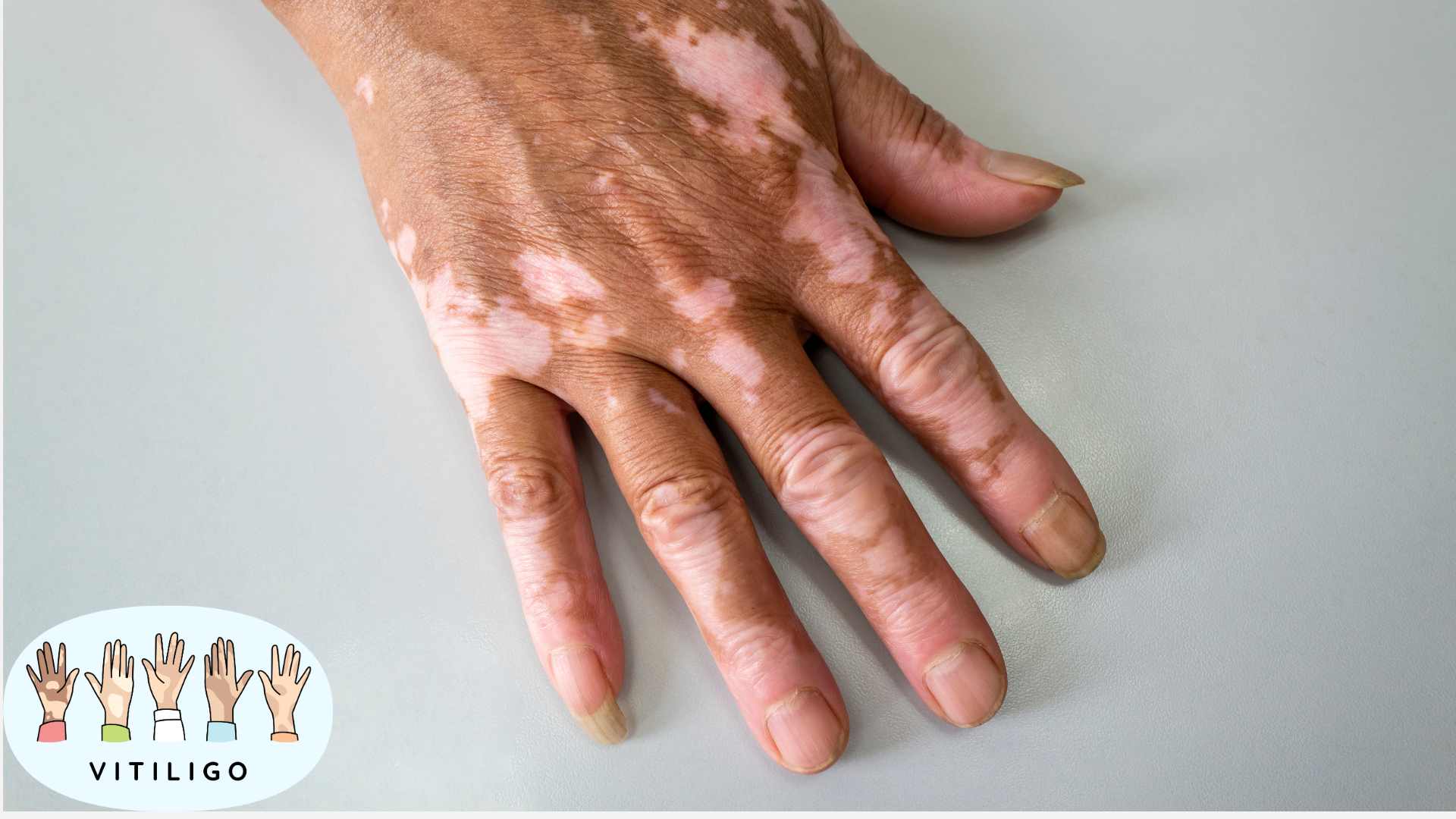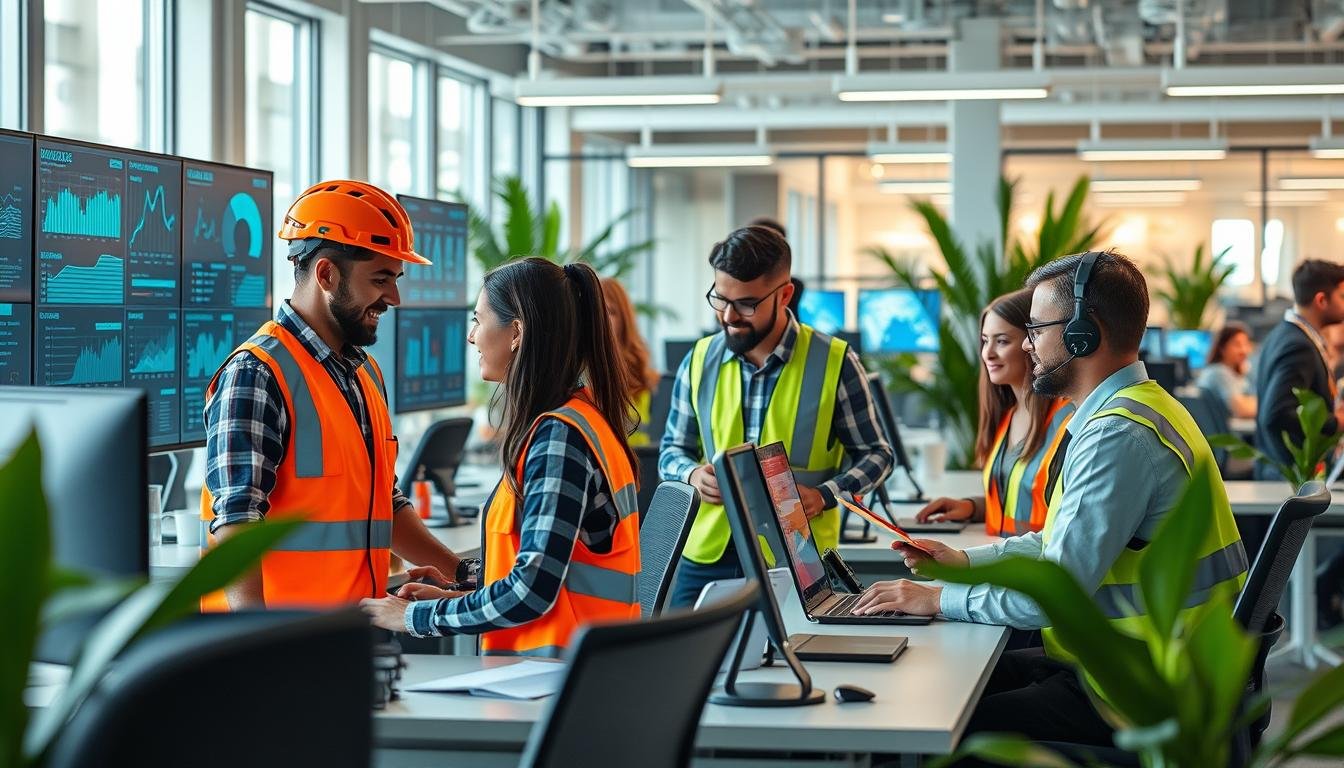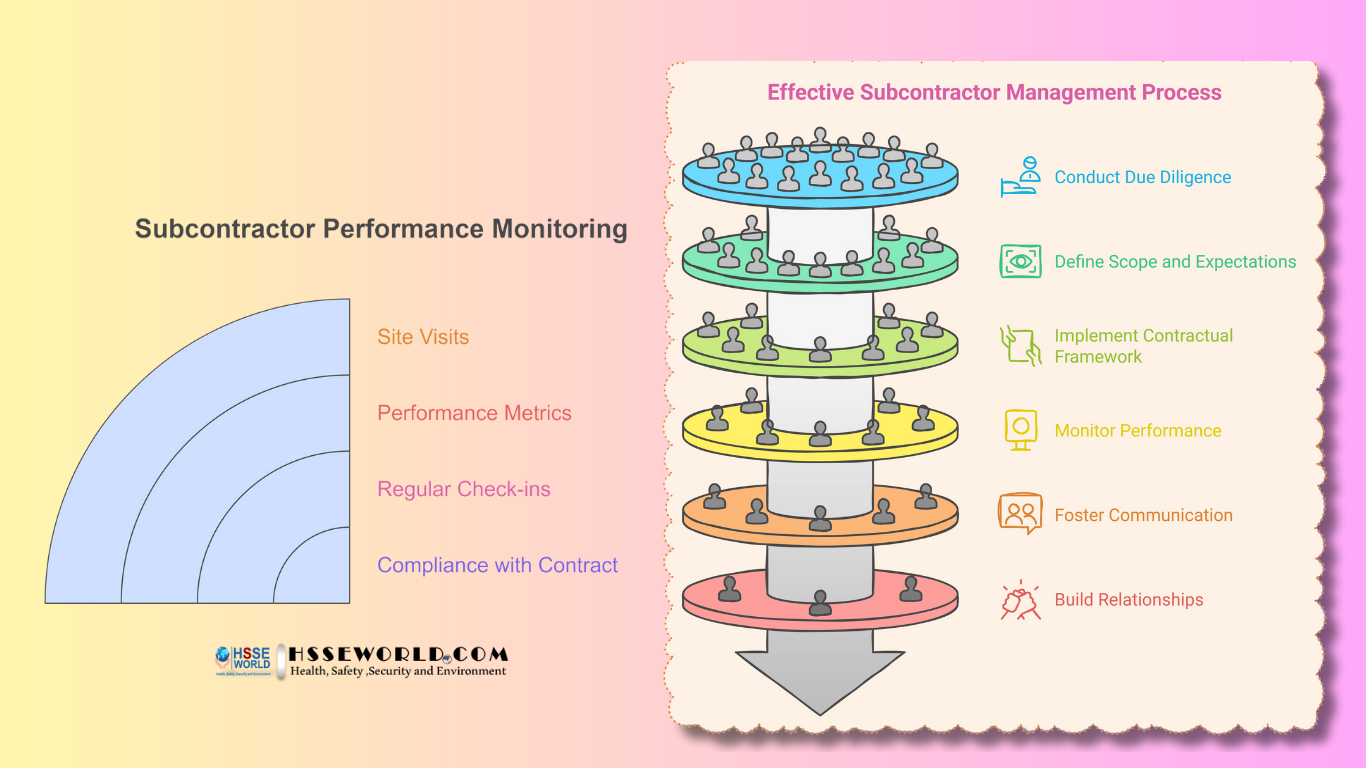When Your Job Takes You to the Edge

[vc_row][vc_column][vc_column_text]
A fall can occur in the blink of an eye, caused by a momentary lapse in concentration, tiredness, lack of spatial awareness, misplaced footing, reaction to an unexpectedly loud noise, slipping or loss of balance, which is exacerbated if the worker is carrying heavy tools or equipment.
Recent years have seen significant progress in the protection of workers at height. Greater awareness of the risks inherent in such work has reduced the incidences of injuries. Clearly complacency must be avoided, particularly at a time when the volume, diversity, and complexity of work sites continues to evolve on a global scale.
[/vc_column_text][/vc_column][/vc_row][vc_row][vc_column][vc_single_image image=”8601″ img_size=”full” alignment=”center” css=”.vc_custom_1569151074849{margin-top: 2px !important;margin-right: 2px !important;margin-bottom: 2px !important;margin-left: 2px !important;}”][/vc_column][/vc_row][vc_row][vc_column width=”1/2″][vc_single_image image=”8602″ img_size=”full” alignment=”center” css=”.vc_custom_1569151200970{margin-top: 2px !important;margin-right: 2px !important;margin-bottom: 2px !important;margin-left: 2px !important;}”][/vc_column][vc_column width=”1/2″][vc_column_text]
By gaining greater awareness of this risk, conducting close scrutiny of equipment, understanding new regulations and implementing more rigorous training and monitoring, employers of workers at height could increase the pace of change and save lives.
This whitepaper explains what health and safety managers need to consider when selecting personal fall protection equipment (PFPE) for workers operating at height. The paper focuses on how lifelines of fall arrest devices such as self-retracting lifelines and personal fall limiters can be damaged or severed when contact is made with an edge by the force of a falling worker. It looks at some of the most common applications and types of work where edges are usually found and analyzes some of the key risks.
The whitepaper also offers a brief overview of safety measures that are recommended and the latest regulatory changes and product criteria to look for.
[/vc_column_text][/vc_column][/vc_row][vc_row][vc_column][vc_column_text]
The safety of workers at height
[/vc_column_text][vc_single_image image=”8605″ img_size=”full” alignment=”center” css=”.vc_custom_1569151912400{margin-top: 2px !important;margin-right: 2px !important;margin-bottom: 2px !important;margin-left: 2px !important;}”][vc_column_text]
Selection of the appropriate PPE is vital in many areas of work but rarely is it more important than in the protection of those working at height
[/vc_column_text][vc_column_text]
Regulations surrounding personal protective equipment (PPE) exist to ensure that manufacturers of PPE meet certain standards. They also, however, provide safety managers with the assurance that the PPE they have selected meets the necessary criteria to keep workers safe. This is vital in many areas of work but rarely is it more important than in the protection of those working at height.
Despite notable progress in recent years, falls from height remain a common cause of injury and death in industries such as oil and gas, construction, civil engineering, maintenance, scaffolding, and utilities. The safety of workers at height depends upon a process of rigorous risk assessments and detailed planning, followed by the application of best practice techniques and, of course, sourcing and using equipment that complies with the necessary standards.
[/vc_column_text][/vc_column][/vc_row][vc_row css=”.vc_custom_1569152406745{border-top-width: 4px !important;border-bottom-width: 4px !important;border-top-color: #e8e8e8 !important;border-top-style: solid !important;border-bottom-color: #e8e8e8 !important;border-bottom-style: solid !important;}”][vc_column width=”1/2″][vc_column_text]
Workers are more on edge than ever
The risk of equipment failure cannot be tolerated at a time when activity is increasing in intensity and scale and the likelihood of conducting work at height, near edges, is on the rise.
In densely-populated urban areas where space is at a premium, the desire to develop high-rise structures continues apace. The world’s current urban population of around 3.9 billion is expected to grow to around 6.34 billion by 2050, out of a total global population of at least 9.5 billion.
[/vc_column_text][/vc_column][vc_column width=”1/2″][vc_column_text]
New buildings also require ongoing maintenance work, telecommunication upgrades and the
installation of sustainable energy sources. The drive for green energy means rooftop solar panels are being installed at an unprecedented rate. According to GTM Research, the generating capacity of the world’s photovoltaic panels is set to grow from approximately 80-100GW today to 871GW in 2022. What these working
environments have in common, alongside scaffolding, towers, pylons, and bridges, for example, is the presence of edges.
[/vc_column_text][/vc_column][/vc_row][vc_row][vc_column width=”1/2″][vc_column_text]
Typical scenarios may include a construction worker moving around a flat roof or a scaffolder putting platforms in place on the side of a building. However, it is incorrect to assume that the danger level increases with the height of the site. The number of falls that occur at relatively low heights, where suitable precautions may not have been thought necessary, is a testament to that. Even if someone working at height does not spend most of their day near an edge, it is likely that they will spend some of their time near one, whether they expected to initially or not.
If they are using a self-retracting lifeline (SRL), they might assume they are protected if they fall
[/vc_column_text][/vc_column][vc_column width=”1/2″][vc_column_text]
over an edge. However, if the webbing or cable comes into forceful contact with an edge during a fall, its ability to remain intact is questionable if it has not been designed to pass testing over an edge. The force upon the webbing or cable is further heightened if it has been anchored horizontally rather than vertically. Safety is enhanced by positioning anchor points overhead but this is not always possible on a flat roof, for example, or on a scaffolding structure being assembled floor by floor in an upward direction. In many cases, anchor points are at foot level, which increases the chances that the lifeline will come in contact with an edge.
[/vc_column_text][/vc_column][/vc_row][vc_row][vc_column][vc_column_text]
Construction has long been considered one of the most hazardous industries in many parts of the world. Projects are commonly described as dynamic and complex because of their sites and staffing patterns, which are typically temporary and transitory.
[/vc_column_text][/vc_column][/vc_row][vc_row][vc_column][vc_column_text]
Finding the right anchorage point
 Arresting a fall is not the only consideration when protecting workers near edges. Controlling the way in which the worker falls is just as important. For example, an incorrectly-positioned anchor point which is not directly overhead can expose workers to the so-called pendulum effect, where the worker swings back and forth. This can cause serious injuries if a worker strikes nearby surfaces such as a wall or protruding beam. In these cases, the wider the angle between worker and anchor point, the longer it will take for the descending worker to reach a position directly beneath the anchor, at which point the SRL can arrest the fall.
Arresting a fall is not the only consideration when protecting workers near edges. Controlling the way in which the worker falls is just as important. For example, an incorrectly-positioned anchor point which is not directly overhead can expose workers to the so-called pendulum effect, where the worker swings back and forth. This can cause serious injuries if a worker strikes nearby surfaces such as a wall or protruding beam. In these cases, the wider the angle between worker and anchor point, the longer it will take for the descending worker to reach a position directly beneath the anchor, at which point the SRL can arrest the fall.
Installing the anchor point directly above the work area and ensuring that that critical angle does not exceed 30 degrees will help prevent such accidents. It also is vital to take into consideration the distance needed for the SRL to operate when choosing an anchor point, its location and its distance to the ground. Otherwise, if a fall occurs, the worker would hit the ground before the SRL could stop them.
ANSI’s New Standard for Safety
As awareness of this threat grows, new safety standards have been defined. The most stringent is ANSI /ASSE Z359.14-2014 LE (Leading Edge). Identified for the first time within an ANSI/ASSE standard, self-retracting devices intended for use in leading edge applications shall be required to meet specific testing criteria and be identified by the manufacturer as being rated for the application. Leading-edge self-retracting devices need to meet criteria such as:
•Edge radius as sharp as 0.005 in (0.13 mm)
•Safe for users connected at foot level
•Includes an integral shock-absorber at the worker connection
ANSI Z359.14 governs the design, performance, and testing requirements of self-retracting devices (SRDs), including self-retracting lanyards (SRLs), self-retracting lanyards with rescue capability (SRL-Rs), and self-retracting lanyards compatible with leading edge applications (SRL-LEs). The standard also establishes requirements for self-retracting devices intended for use in personal fall arrest or rescue systems for authorized persons within the capacity range of 130 to 310 pounds (59 to 141 kg).
CSA Z259.2.2.-17 specifies the requirements for all self-retracting devices used as connecting components in fall protection systems. The standard outlines the requirements for making products and providing instructions that will inform the worker of performance limitations, inspection, maintenance, and hazards associated with misuse. According to the standard, leading edge self-retracting devices are tested on edge radii as sharp as 0.25 mm (0.010in). The maximum arrest force measured in the test is 8KN (1800 lbf).
Risk assessment
The planning of protective measures must begin with a risk assessment. At the outset, the most effective remedy is to remove the risk entirely by avoiding work near edges wherever possible. As we have seen, however, there is a growing range of circumstances in which working near edges is unavoidable. In such cases, it is recommended that contractors collaborate with project designers at an early stage to integrate protective infrastructure such as anchorage points into the work site. After that, optimal safety is reliant upon the selection of high-quality equipment and the correct behavior of workers.
There are some important risks and factors to bear in mind. In the conventional hierarchy of fall protection solutions, guardrails and safety nets have traditionally taken precedence since they protect all workers equally and at all times, without relying on the individual to take action.
However, safety levels are strongly enhanced by the use of PFPE, which provides continuous attachment while allowing users to operate ‘hands-free.’ The importance of PFPE is intensified by the tendency of workers near edges to operate alone or in small groups, without necessarily being supervised constantly.
Selecting and using PFPE correctly
The efficacy of PFPE is constrained in practice by a number of important factors. Firstly, PFPE is not always used as consistently as it should be, particularly when workers are moving between areas of a site and only spending part of their day near a potentially dangerous edge.
According to OSHA 1926.501(b)(1) regarding “unprotected sides and edges”, “Each employee on a walking/working surface (horizontal and vertical surface) with an unprotected side or edge which is 6 feet (1.8 m) or more above a lower level shall be protected from falling by the use of guardrail systems, safety net systems, or personal arrest systems.
”Awareness and training are clearly integral to improvement, but the equipment itself deserves close scrutiny. Research conducted by Honeywell suggests that even when SRLs are in use, they may harbor hidden dangers. This is arguably the most worrying issue of all, particularly when workers are operating in close proximity to edges that could compromise the integrity of a lanyard under the tension of a fall.
Components of fall protection
PFPE is typically comprised of three key components:
•An Anchorage Connector
•Bodywear (harness)
•Connecting Device (shock absorbing lanyard or self-retracting device)
Each of these components is critical to protecting workers at height, particularly when they are working near edges
[/vc_column_text][/vc_column][/vc_row][vc_row][vc_column][vc_column_text]
THE ABC’s
[/vc_column_text][vc_single_image image=”8612″ img_size=”full” alignment=”center” css=”.vc_custom_1569153417017{margin-top: 2px !important;margin-right: 2px !important;margin-bottom: 2px !important;margin-left: 2px !important;}”][vc_column_text]
A simple way of remembering the core components of a fall arrest system is the “ABC” of fall arrest. Quite simply, without one part, the system does not work.
[/vc_column_text][/vc_column][/vc_row][vc_row css=”.vc_custom_1569153599846{border-top-width: 0px !important;border-bottom-width: 4px !important;border-top-color: #e8e8e8 !important;border-top-style: solid !important;border-bottom-color: #e8e8e8 !important;border-bottom-style: solid !important;}”][vc_column width=”1/3″][vc_column_text]
A.Anchorage Connector
Definition: Used to join the connecting device to the anchor, commonly referred to as the “tie-off point” (I-beam, scaffolding or other structural point.)
Anchorage connectors may be one of two types:
1 • Permanent (e.g. horizontal cable lifeline, horizontal rail systems)
[/vc_column_text][/vc_column][vc_column width=”1/3″][vc_column_text]
2 • Temporary (e.g. cross-arm straps, cable slings, beam clamps dead-weight anchor)
B.Full Body Harness
Definition: Worn by the worker to hold her during and after a fall
• Must be worn at all times when working at height
• Work restraint belts cannot be used for fall arrest
C.Connecting Devices
Definition: Used as
[/vc_column_text][/vc_column][vc_column width=”1/3″][vc_column_text]
intermediate attachment to connect the worker’s harness to the anchorage connector (e.g. shock absorbing lanyard, self-retracting device, personal fall limiter, rope grab, etc.)
Connecting devices may be one of two types:
1 • Fall restraint: prevents workers from reaching a hazard; cannot be used for fall arrest
2 • Fall arrest: allows workers to reach a hazard and then protects them if they should fall
[/vc_column_text][/vc_column][/vc_row][vc_row][vc_column width=”1/4″][vc_column_text]
To ensure product quality, look for documentary evidence from the manufacturer of: test performance, Certification, and ISO compliance.
[/vc_column_text][/vc_column][vc_column width=”3/4″][vc_column_text]
Key criteria for SRLs
Scrutiny of product quality poses a sophisticated set of questions, nevertheless these are integral to the safety of the overall solution. The importance of buying from well-known, reputable manufacturers cannot be overemphasized. Buyers should look for documentary evidence of test performance, product certification and compliance with ISO quality standards.
In a test conducted by Honeywell in North America, shock absorbing lanyards from a variety of manufacturers were voluntarily removed from job sites and an astonishing 85 percent failed to meet the safety requirements of ANSI standards. All products failed visual inspection criteria, displaying defects such as weld spatter, broken stitching, frayed or burned webbing, discoloration, chemical damage or webbing cuts. Almost a quarter (24 percent) were elongated beyond the 42 inches considered as a standard.
[/vc_column_text][/vc_column][/vc_row][vc_row][vc_column width=”1/4″][vc_column_text]
The truth is that worn and damaged equipment can still be accessible to workers even though it will not perform as designed and can lead to severe injuries from a fall..
[/vc_column_text][/vc_column][vc_column width=”3/4″][vc_column_text]
The uncomfortable truth is that workers can be seriously injured in falls with equipment that initially passed safety standards but no longer has the same credentials. This is because worn and damaged equipment is still accessible to workers even though it will not perform as designed to in the event of a fall.
Stringent maintenance and inspection regimes for all components of personal fall arrest systems are crucial in creating a safe working environment for those operating at or near to edges. Inspection practices should include the process of bending the webbing over a pipe or mandrel, from one end to the other. By slowly rotating the webbing, it is possible to check the entire circumference for cuts, snags, breaks or evidence of long-term degradation, such as swelling, discoloration, cracks, brittle surfaces and hardness. To ensure care and maintenance, webbing components should be washed, carefully dried and stored away from excessive heat, fumes, steam or corrosive agents.
[/vc_column_text][/vc_column][/vc_row][vc_row][vc_column][vc_column_text]
Expectations of employers
Since fall arrest lifelines and lanyards may be used in a wide range of working environments, instances of horizontal anchoring are very common. Therefore, it is essential to gain evidence that the necessary edge testing has been conducted and completed, with products that are certified accordingly. Usage instructions should be detailed and technical documentation should be readily available. It is advisable to work with an established and trusted manufacturer and supplier to ensure all the necessary criteria are met. The most reputable manufacturers will be reviewing manufacturing and testing processes or implementing new ones already to make sure they not just meet but go beyond the latest minimum standards to offer even higher levels of safety.
What happens next?
Since working at height often takes place beyond the supervision of safety managers, training to instill good behavior is vital to a preventative approach. However, emerging technology offers new ways to monitor the on-site use of equipment more closely than previously possible. Connected safety solutions, such as radio-frequency identification (RFID) – sensors integrated into PFPE combined with software and cloud technology –, enable safety managers to gather data informing their approach to equipment selection, training, usage, and maintenance.
Identifying the best solution
The numerous factors that may influence a safety professional’s decision on personal fall arrest equipment demonstrate the importance of carefully scrutinizing product details in advance of any purchase.The justified interest in edge-tested solutions has risen in recent years as a result of greater awareness and technology advances. The expertise inherent in Honeywell is reflected in its commitment to the development of edge-tested products that are compliant, versatile, durable, and user-friendly.
Conclusion
Reducing the risks associated with working at height depends heavily upon the selection, use, and maintenance of protective equipment including fall-arrest lifelines and lanyards.While we await the widespread application of such technology, however, it is vital that employers of workers at height gain a greater understanding of the risks relating to edges, the hidden dangers that may compromise the integrity of SRLs and the latest regulatory changes that demand more rigorous testing and maintenance of personal fall arrest equipment.
[/vc_column_text][/vc_column][/vc_row]














